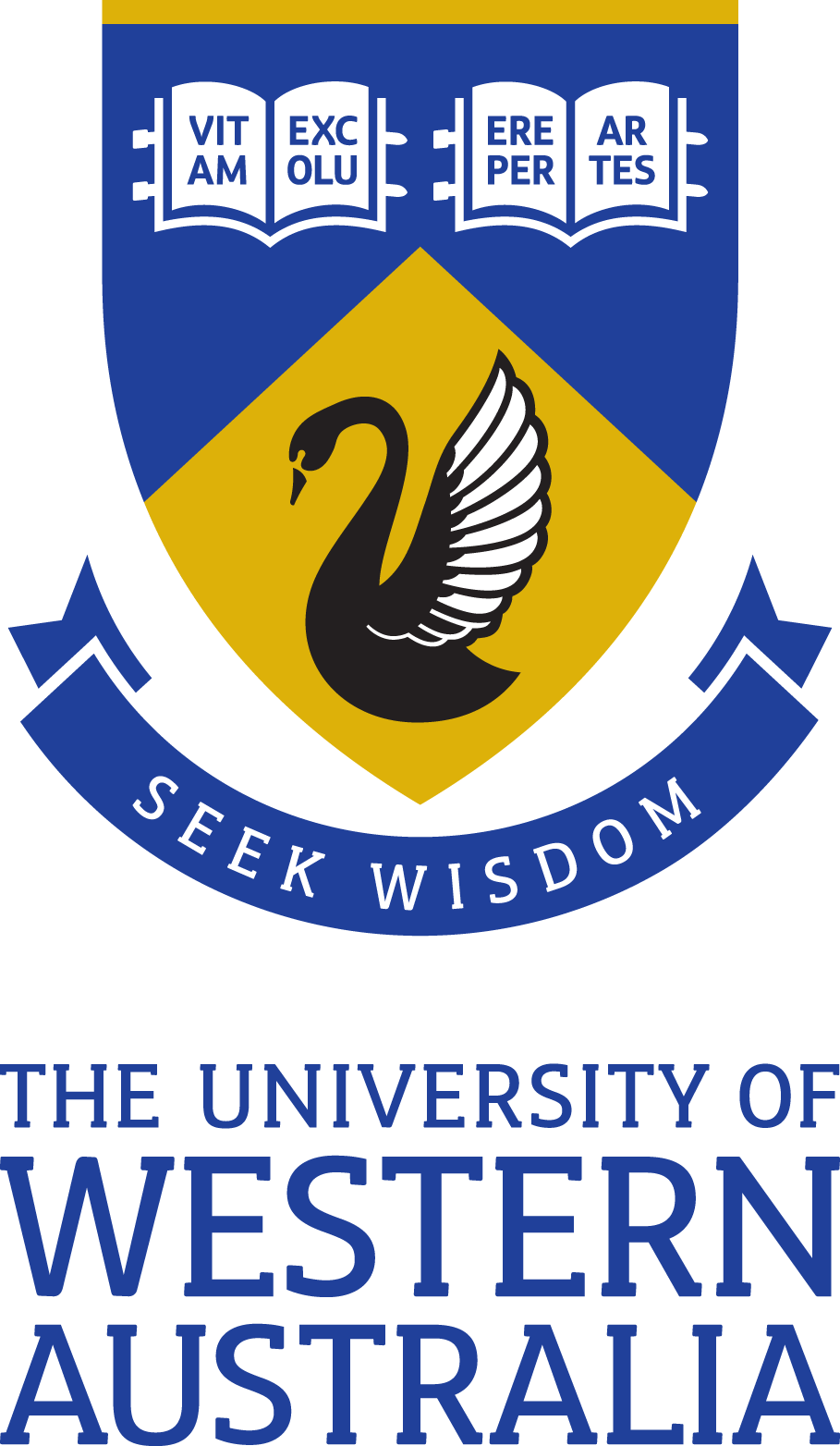Full description
The conversion of turbulent structures within molecular clouds into high-mass stars and star clusters, the relation between Galactic and extragalactic star formation, and the effects of Galactic environment on star formation are fundamentally important, yet unsolved problems in astrophysics. The two major theories for high-mass star formation are "competitive accretion" and "turbulent core accretion" (for review see Motte et al. 2018). These theories make distinct predictions about the initial conditions within star-forming clumps, and how the gas on approximately 1-pc "clump" scales affects the accretion history on the 0.05-pc "core" scales at which individual stars form. This survey targeted over 50 cold, high-mass dust clumps, making observations of the sites of all current and future Galactic high-mass star formation. Ammonia and methanol emission lines were observed, along with recombination lines and a masing water line. The data will be used to characterise the turbulent structure within the clumps and to directly measure the locations, temperatures, masses, temporal sequence, and kinematics of their individual ~0.05 pc size star-forming cores.Notes
External OrganisationsSuffolk University; Australian National University; Newcastle University; University of Newcastle; Green Bank Observatory
Associated Persons
David Allingham (Creator); Philippa Patterson (Creator)James M. Jackson (Creator); Taylor Hogge (Creator); John Scott Whitaker (Creator); Nicholas Killerby-Smith (Creator); Jacob Askew (Creator); Thomas Vandenberg (Creator)
David Allingham (Creator); Philippa Patterson (Creator)James M. Jackson (Creator); Taylor Hogge (Creator); John Scott Whitaker (Creator); Nicholas Killerby-Smith (Creator); Jacob Askew (Creator); Thomas Vandenberg (Creator)
Issued: 2023-05-14
Subjects
User Contributed Tags
Login to tag this record with meaningful keywords to make it easier to discover
Identifiers
- DOI : 10.25919/0MR6-VV08

- global : b25bd064-9939-4b09-8c79-25e2fed1748a


